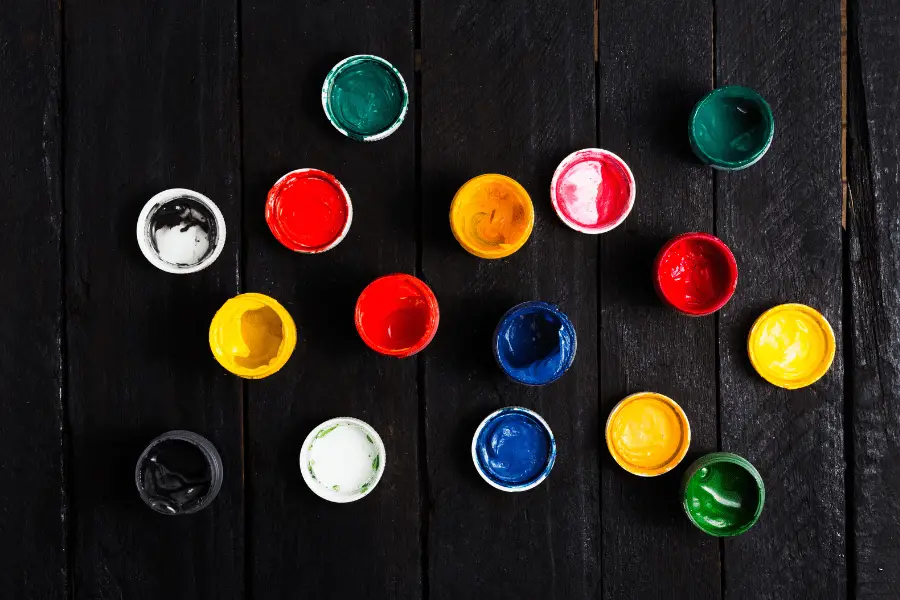Gouache paint is amazing because it’s so versatile, and it can be used on most surfaces. Like acrylics, gouache is a water-based type of paint. Exploring new painting surfaces with gouache is always fun, and it can definitely give your project a personal touch.
So, can you use gouache paint on wood? Yes, definitely! Gouache is a great type of paint to use on wood. You will need to prime the surface beforehand though, to ensure your paint will last.
In this article, we give you a comprehensive overview of using gouache on wood, including prepping the wood, sealing the final product, and more. Let’s jump right in!
Painting on Wood With Gouache
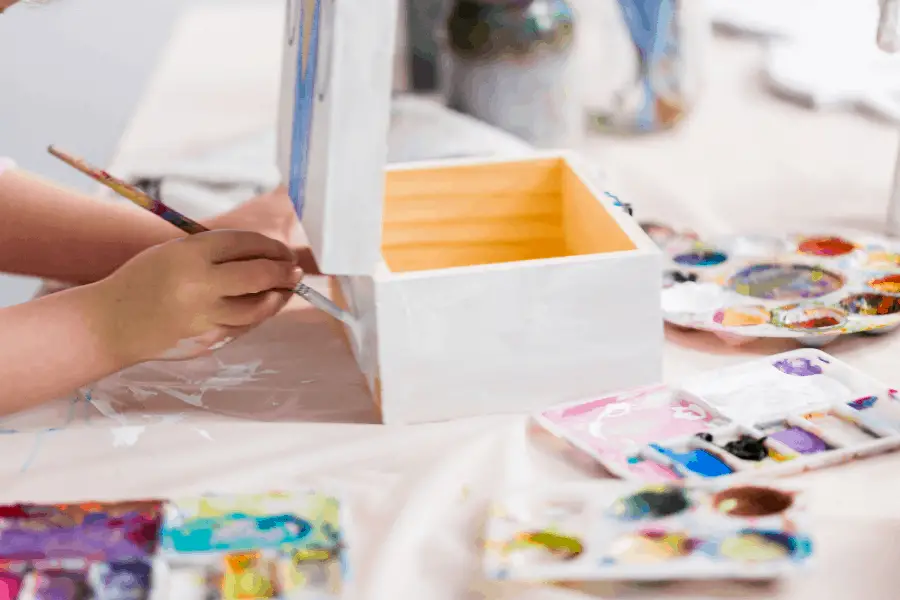
Using gouache can create a super unique outcome, all while forcing you to tap into your creative inspiration along the way. However, you need to know how to use the medium on this surface correctly. If you just slap gouache paint onto wood, the final results are going to be dull and lackluster at best.
My favorite and top pick is always Arteza Gouache Paints. They have so many different colors, and the quality is amazing! I usually use Arteza Paints for all my projects.

To help you create a painting you love, here’s how to paint on wood with gouache:
What you’ll need
- Wood
- Gouache paint
- Gouache brushes
- Gesso
- Gesso applicator brushes
- Varnish
Prep the Wood
The very first thing you have to do in order to paint on wood with gouache is to prep the wood. Regardless of whether you grabbed the wood from your backyard or bought it at a craft store, prepping is a must. If you do not properly prep the wood, the gouache will seep into the wood’s pores, creating a less than impressive painting once it dries.
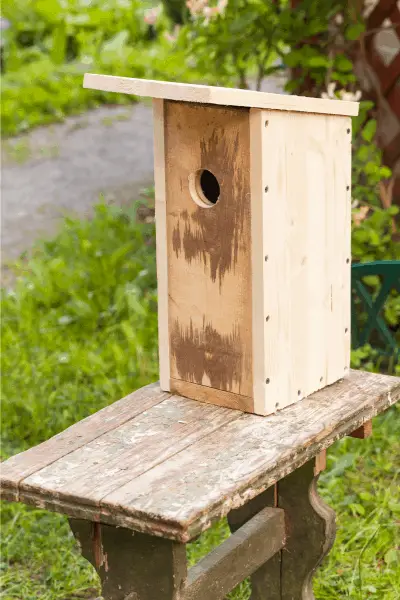
Luckily, prepping wood is pretty easy. All you need to do is purchase a clear or white gesso. Begin by applying one thin layer. Once that layer dries, apply another layer. Continue to add layers of gesso until you create a surface that is completely smooth and prevents the paint from seeping into the wood.
I recommend using this Gesso to prime the wood. I have used it in the past, and it dried evenly and quickly.
It is important to note that you should prep the wood for at least 12-24 hours before painting on it. That’s because the wooden panel needs to dry for at least one day before you add any gouache paint.
Just as a heads up, the prepping stage may seem really tedious, especially because you have to add on so many layers at least a day in advance. Although it is tedious, it will be worth it in the end when you have a beautiful gouache painting on wood.
Paint as Usual
After waiting 12-24 hours for the gesso to dry, you are free to paint with gouache on the wood. So long as you prepped it correctly, you will just simply need to paint as usual, meaning you don’t need to mix it with any other mediums.
For best results, try to sketch out your painting beforehand. This will help nail the look, helping it to look much more picturesque and put together. It will also help prevent you from having to redo the painting, which can completely ruin the whole point of painting on wood in the first place.
Additionally, take your time when painting with gouache. Unlike acrylics, this painting medium doesn’t dry instantaneously, though it does dry quicker than watercolors. Taking your time will help you nail your painting on the first try.
After you are done painting, let it dry completely before moving on to the sealing process, which we will discuss in the next section.
How Do You Seal Gouache on Wood?
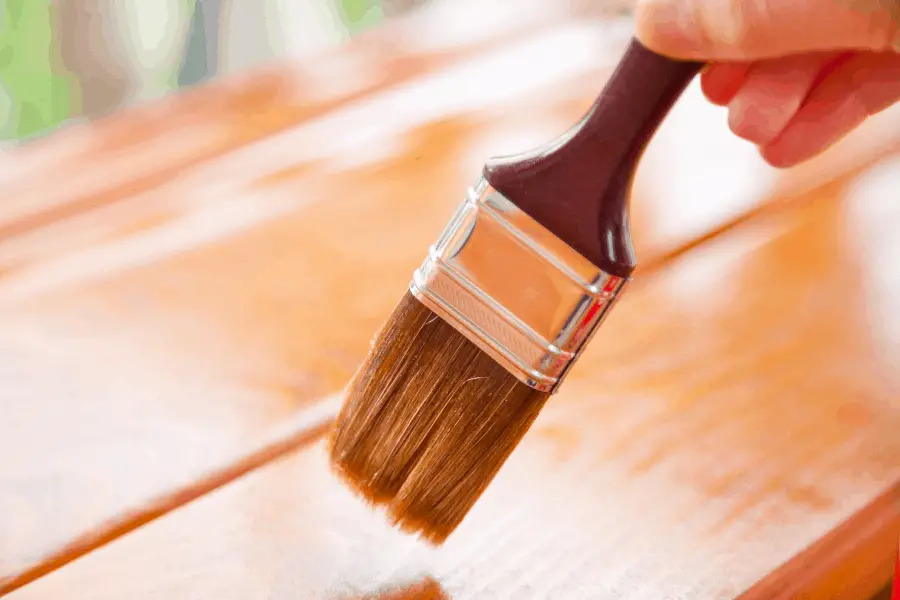
After you finish painting your beautiful gouache painting, you must seal it properly. For many people, sealing gouache is a bit stressful because it is different from sealing other paintings made from oil or acrylic paint.
If you intend to put the wooden gouache painting in a glass frame, which is the traditional way to seal gouache paintings, you don’t need to worry about sealing it. However, you probably don’t want to seal your gouache painting in a glass frame if you painted on wood. That would sort of offset the rustic vibes you were probably going for.
Luckily, there is another option that will allow you to seal your gouache wood painting without using a glass frame. All you need is a wax medium or a gloss varnish spray. I recommend using Krylon to seal all your painting projects. It protects your painting from flaking and chipping, as well as UV rays.
You can start by spraying on the layers thin and allowing them to dry. Once each layer dries, apply a new coat. Be extremely careful when applying the varnish. You do not want to smudge additional residue because it can damage the artwork itself.
You can also use a wax varnish on gouache paintings. This Jacquard Wax Varnish is great choice if you don’t want to use a spray. Simply apply a thin layer with a flat brush, and let it fully dry.
What Surfaces Can You Use Gouache On?
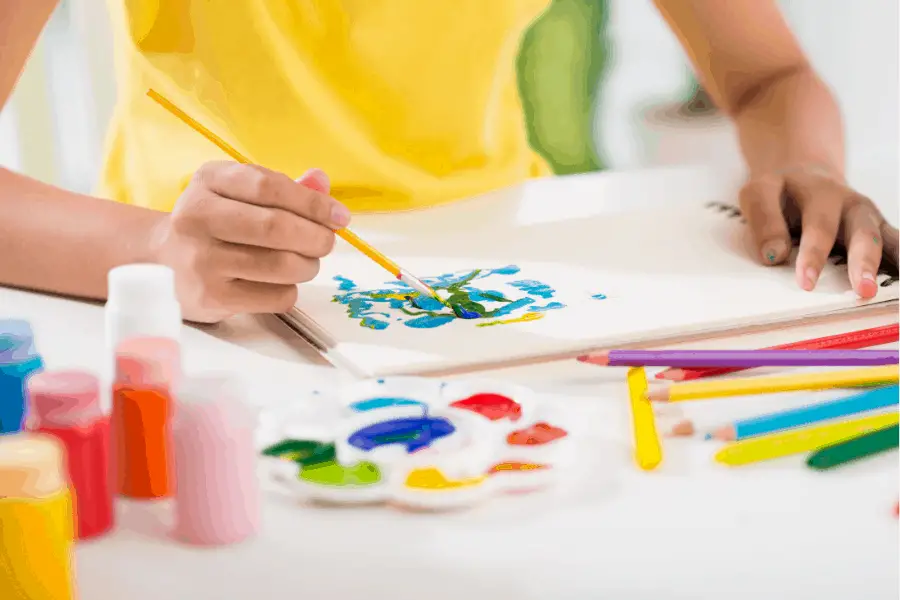
One of the most important decisions any artist must make is what kind of a surface they want to showcase their creation on. The same goes for artists who want to paint with gouache. You must know how to master the surface so you can get the final product you want.
One thing that makes gouache so amazing is that it is versatile, meaning you can use it on a variety of surfaces.
Most popularly, gouache is used on paper. If you are just learning how to use gouache, I recommend starting with paper such as this Arteza Heavy Duty Pad. The texture will allow the paint to grip the paper more easily.
You can also use this Foldable Canvas Style Paper. It’s really cool because it folds and looks like a canvas, but it’s still heavy duty paper.

If you aren’t a fan of painting on paper, don’t worry. Gouache is a great painting medium for canvases as well. In fact, gouache creates super bold and exciting designs on canvas. Its roughness allows the paint to adhere to the canvas rather easily and beautifully. It’s a good idea to select canvas over paper if you expect to add many layers of paint.
I personally have used these Arteza Canvas Panels with gouache paint, and they came super neat! This set comes with different sizes as well.
If you want a unique painting experience, you can also use acrylic gouache on stones. Certain artists have practically trademarked their entire career on this painting technique. If you want to try painting on stone, make sure it is a relatively non-porous stone, and you will need to prime it as well.
Final Thoughts
Even though gouache is typically used on paper and canvas, you certainly can use this painting medium on wood. Because of the paint’s versatility, you can use it on a variety of surfaces, including paper, canvas, stone, and wood.
However, you can’t just throw gouache paint on wood or stone and expect it to last, especially not on wood. If you want to try a wooden gouache painting, make sure to prime the wood first. Make sure to follow all my tips and recommendations to ensure your paint is well protected and lasts.
Don’t forget to check out my other articles for all your painting Q&A’s. Happy painting!

